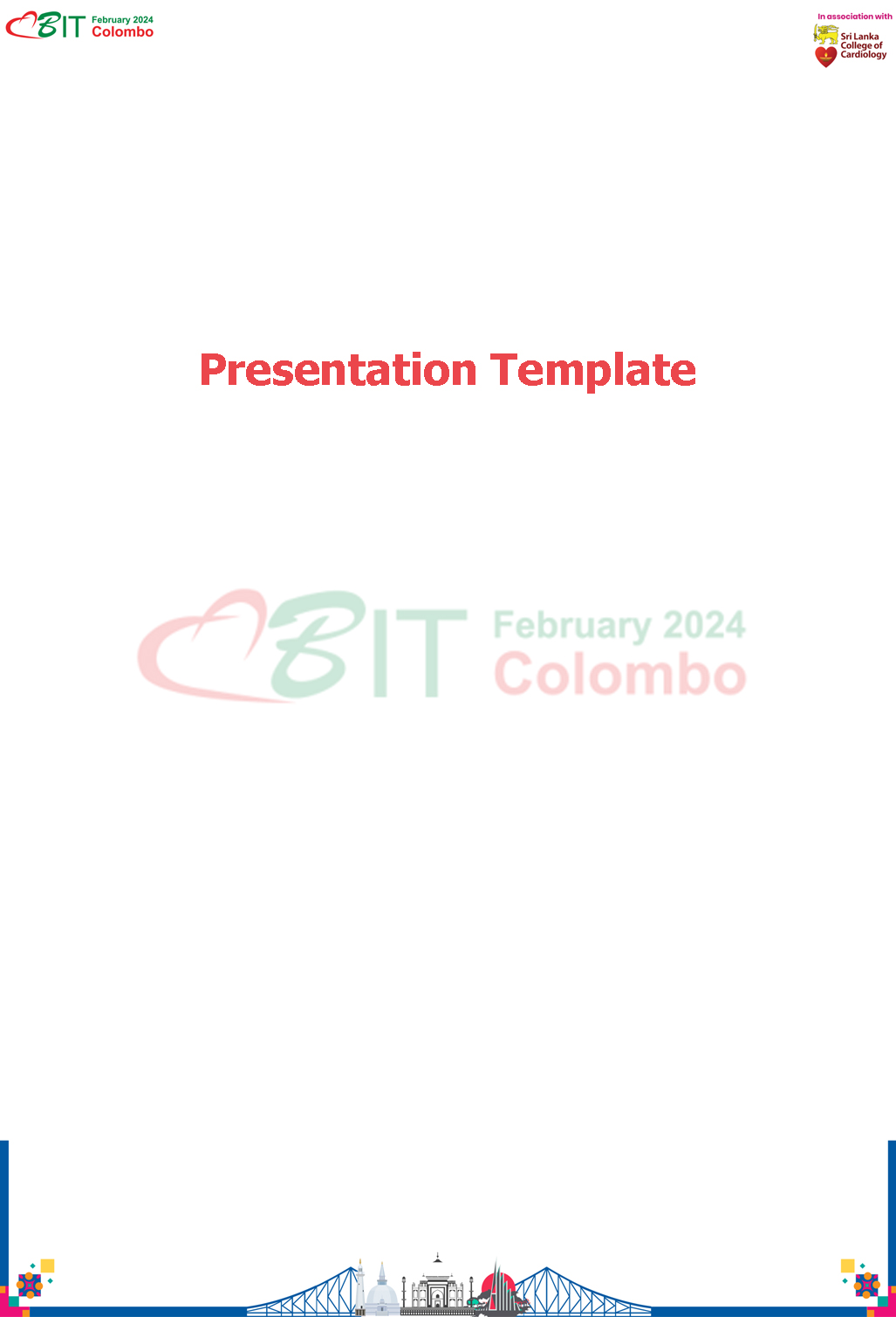|
Login
Presentation Template
Cases
Iatrogenic dissection of Trans-Radial CTO PCI of LCX- Sequential and prolong ballooning seal the perforation after stenting.
By- Shams Munwar, MRCP(UK), D.Card (London), FRCP(Edin); AHM Waliul Islam, MBBS, PhD., FACC, FSCAI, FAPSIC
PCI of SVG-LAD and SVG-OM graft in a Bangladeshi patient with TVD 7 years after CABG with or without distal protection device
By- Shahabuddin Talukder, MBBS, FCPS, D’card; AHM Waliul Islam, MBBS, PhD., FACC, FSCAI, FAPSIC
Unprotected LM stem PCI
By- AHM Waliul Islam, MBBS, PhD., FACC, FSCAI, FAPSIC,Shahabuddin Talukder, MBBS, D. Card, FCPS;
ASD Device closure and Trans-Radial PCI in Same Hospital admission
By- AQM Reza, MBBS, MD(Card), FACC, FSCAI; AHM Waliul Islam, MBBS, PhD., FACC, FSCAI, FAPSIC, Atique Bin Siddique, MBBS, D.Card.(London)
Complex CTO PCI by reverse CART technique in a Bangladeshi patient 16 yrs after CABG and its patency after 18 months Follow-up
By- Shams Munwar, MRCP (UK), D. Card (London), FRCP; AHM Waliul Islam, MBBS, PhD., FACC, FSCAI, FAPSIC
View All Cases | Submit a Case












